[Film Review] As Above, So Below (2014)
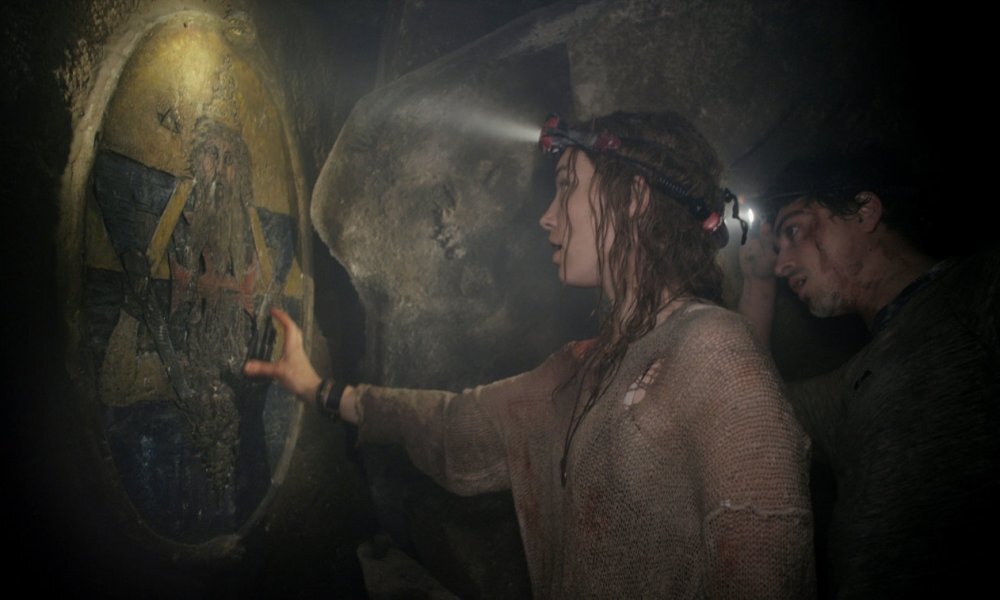
Claustrophobia is a popular fear to explore in horror movies. Filmmakers use tools like limited locations and tight shots to establish a sense of boxed-in dread. As Above, So Below (2014) takes this conceit a step further. Not only does director John Erick Dowdle’s ambitious found footage film explore physical claustrophobia; it explores spiritual claustrophobia as well. The film’s characters literally descend into Hell to face the guilt and fear that suffocate them in their daily lives. “As above, so below, as within, so without, as the universe, so the soul.” Combining elements from Tomb Raider and The Descent with Dante’s Inferno, As Above, So Below is a striking and unique film that cleverly exemplifies its title by finding the horror within this claustrophobia of the soul.
Scarlett (Perdita Weeks) is an archaeologist attempting to finish her late father’s work and find the fabled Philosopher’s Stone, a legendary alchemical treasure rumoured to hold the key to eternal life. Benji (Edwin Hodge) is a documentarian following Scarlett’s journey to track down the Stone. With the help of her friend George (Ben Feldman), Scarlett discovers that the Stone is hidden within the Paris Catacombs. They enlist local experts Papillon (François Civil), Souxie (Marion Lambert), and Zed (Ali Marhyar) to guide them through the restricted portion of the Catacombs. As the explorers descend into the bowels of the Catacombs, running into impossible dead ends and discovering that they are hopelessly lost, they pass through the gates of Hell and encounter their own personal demons. Only those who face the truth and admit their feelings of guilt survive the odyssey.
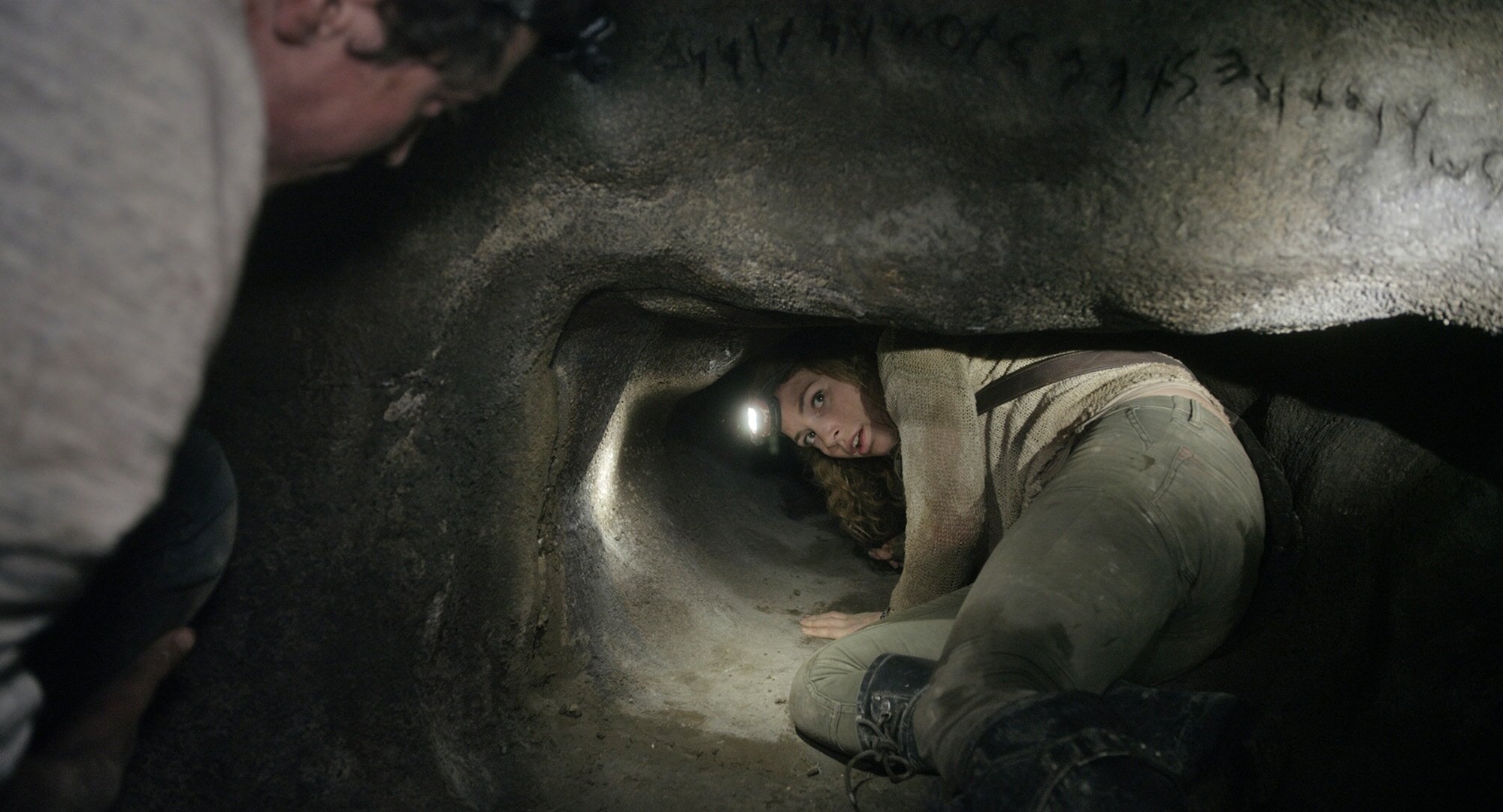
As Above, So Below is an eclectic mix of genres and subgenres: religious horror, found footage, survival thriller, adventure, mystery, and psychological horror. It’s an intriguing mélange that is impressively cohesive and inventive, though the parallels between the film and 2005’s The Descent are impossible to ignore. In both films, the characters explore underground caverns where they don’t belong, braving cave-ins and madness as they delve deeper into their own guilt and grief. The two films even share scenes of characters crawling frantically over mounds of human bones. Though a film could do a lot worse than being compared to the masterpiece that is The Descent, As Above, So Below transcends this comparison with its unique vision and eerie setting.
Filming took place in the actual Paris Catacombs, and that authenticity shines through both in the film’s atmosphere and its performances. The camaraderie amongst the Parisian guides is palpable, as is the chemistry between Scarlett and George, who clearly have an unresolved romantic history. The already strong cast reaches new heights of fear and paranoia once they start wandering through cursed tunnels lined with real skeletal remains. Their mounting anxiety elicits the same response in the viewer. It’s a brilliant setting for a horror movie, combining the claustrophobia of a cave with the oppressive eeriness of a graveyard. As Above, So Below wisely lets its location do a lot of the heavy lifting in terms of scares; though strategically placed props provide disturbing moments of fright, the Catacombs themselves are terrifying enough on their own.
The choice to tell the story via the style of found footage enhances the terror. The film initially unfolds through the lens of Benji’s camera. As the group treks through the underground ossuary, the film’s point of view expands to other members of the spelunking crew via their helmet cams. As Above, So Below makes canny use of the marvellous contradiction inherent within the Catacombs. They are a massive underground system constructed of uncomfortably tight tunnels that seem to swallow light. The huge scale of the Catacombs contrasted with the claustrophobia of trying to navigate them causes a funhouse distortion that cleverly ties in with the group’s attempt to escape Hell, particularly the eye-catching final scene of the film.

Despite its many strengths, As Above, So Below is not a perfect film. There are moments of narrative silliness, such as when George translates a passage from Aramaic and miraculously finds that it rhymes in English. More troubling is a moment of Islamophobia at the beginning of the film. Scarlett is in Iran searching for clues to the location of the Philosopher’s Stone. She is trying to get into a hidden location moments before it is blown up by local authorities, and as she puzzles over the problem she throws off the hijab she’s wearing and exclaims, “I can’t think with this thing on my head!” It’s a regrettable moment that serves no purpose beyond making the viewer doubt Scarlett’s respect for cultures different to her own. As with many films about archaeological adventures, the lead character is often quite cavalier in her treatment of artifacts and sacred sites, but this seemingly offhand remark feels egregious even within a genre where the heroes are willing to ignore cultural mores and destroy historical treasures to achieve their personal goals.
Still, As Above, So Below is a memorable horror story that deserves a place among the best found footage films. With strong performances and eerie imagery, this ambitious film plays with genre in intriguing ways and rewards multiple viewings. It explores the terror within and the terror without, proving that claustrophobia is a universal fear no matter how you experience it. Whether they are the literal walls of a tunnel, or the walls of your own mind as you battle guilt and sorrow, one thing remains true: they are closing in on you, and escape is never assured.



RELATED ARTICLES
Driving into dangerous territory with sex and car crashes doesn’t necessarily make Crash that controversial…
The best thing about urban legends is the delicious thrill of the forbidden. Don’t say “Bloody Mary” in the mirror three times in a dark room unless you’re brave enough to summon her. Don’t flash your headlights at a car unless you want to have them drive you to your death.
When someone is in a toxic relationship, it can affect more than just their heart and mind. Their bodies can weaken or change due to the continued stress and unhappiness that comes from the toxicity.
When V/H/S first hit our screens in 2012, nobody could have foreseen that 11 years later we’d be on our sixth instalment (excluding the two spinoffs) of the series.
Perpetrator opens with a girl walking alone in the dark. Her hair is long and loose just begging to be yanked back and her bright clothes—a blood red coat, in fact—is a literal matador’s cape for anything that lies beyond the beam of her phone screen.
A Wounded Fawn (Travis Stevens, 2022) celebrates both art history and female rage in this surreal take on the slasher genre.
Filmed on location in Scotland, Ryan Hendrick's new thriller Mercy Falls (2023) uses soaring views of the Scottish Highlands to show that the natural world can either provide shelter or be used as a demented playground for people to hurt each other.
If you can’t count on your best friend to check your teeth and hands and stand vigil with you all night to make sure you don’t wolf out, who can you count on? And so begins our story on anything but an ordinary night in 1993…
If you know me at all, you know that I love, as many people do, the work of Nic Cage. Live by the Cage, die by the Cage. So, when the opportunity to review this came up, I jumped at it.
GHOULS GANG CONTENT

EXPLORE
Happily, her new anthology The Book of Queer Saints Volume II is being released this October. With this new collection, queer horror takes center stage.
Gretchen Felker-Martin’s Manhunt, a novel that holds both horror and heart in equal regard, a biting and brilliant debut from one of horror-fiction’s most exciting names.
Bora Chung’s bizarre and queasy short stories were nominated for the 2022 International Booker Prize and it’s no surprise why.
However Nat Segaloff’s book The Exorcist Legacy: 50 Years of Fear is a surprising and fascinating literary documentation of the movie that caused moviegoers to faint and vomit in the aisles of the cinema.
Moïra Fowley’s debut adult work is a shapeshifting and arresting short story collection which looks at the queer female body through experiences both horrific and sensual.
Nineteen Claws And A Black Bird packs in plenty of sublime and disturbing short stories across its collection.
Penance is Eliza Clark’s eagerly awaited second novel following her debut Boy Parts, which found much love and notoriety in online reading circles.
It's fitting that Elizabeth Hand's novel Wylding Hall (2015) won the Shirley Jackson Award; her writing echoes and pays homage to the subtle scariness and psychological horror of Shirley Jackson's works.





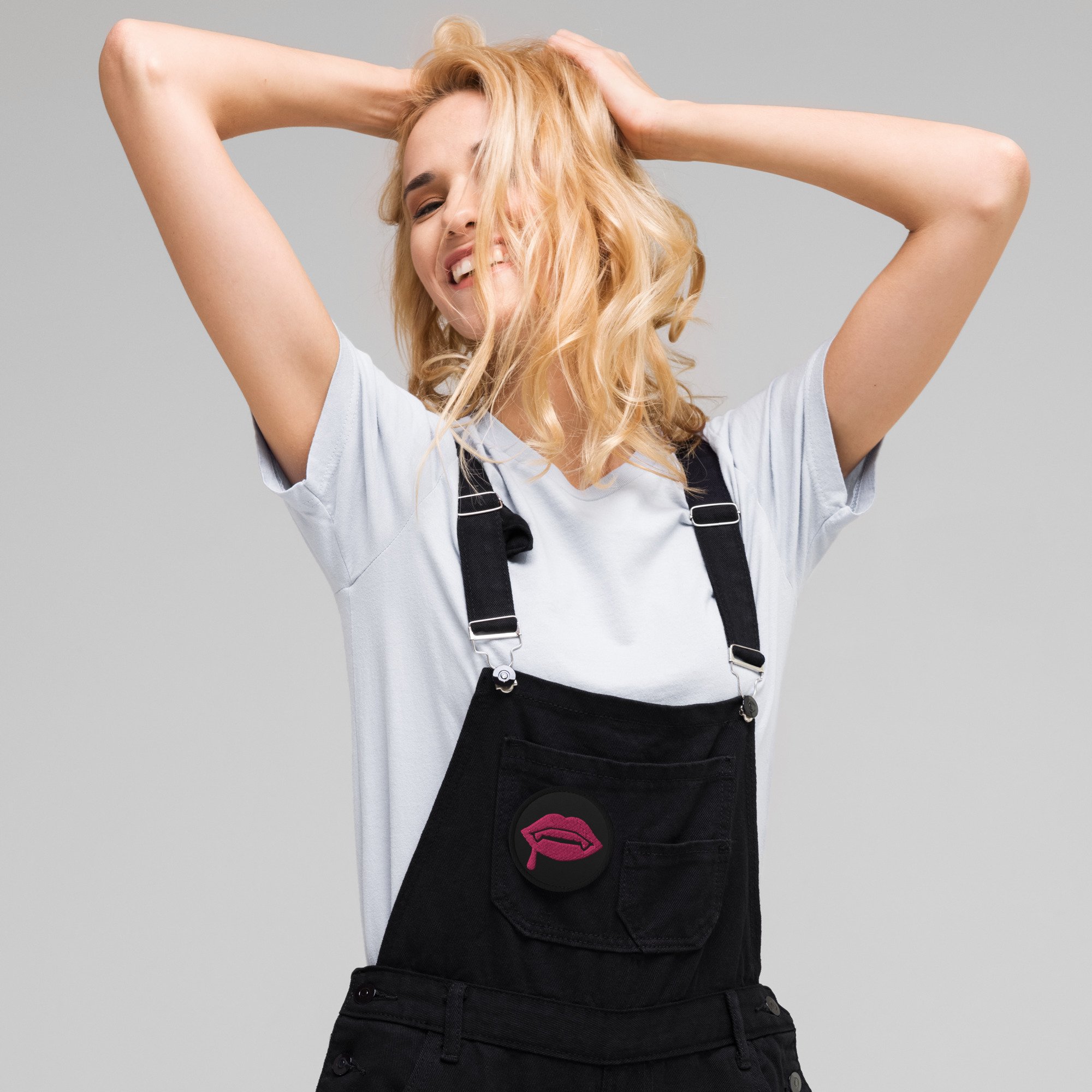



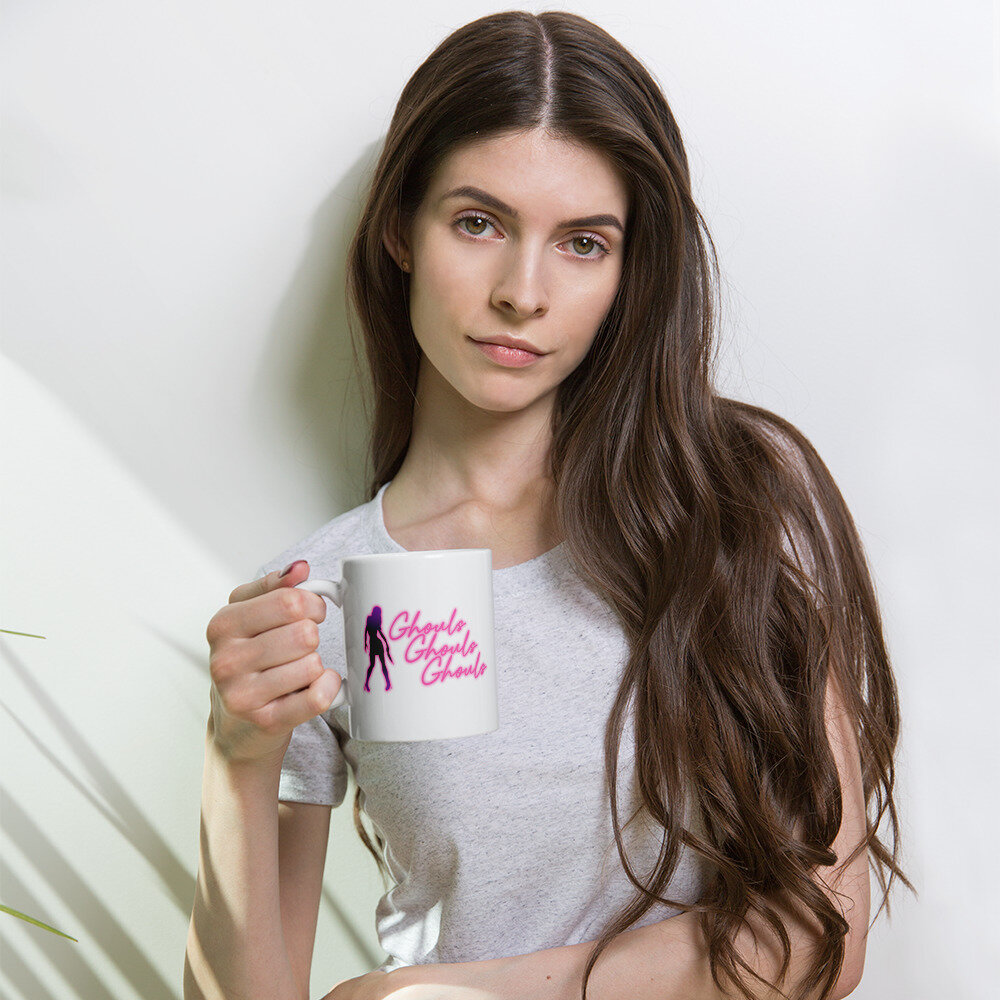




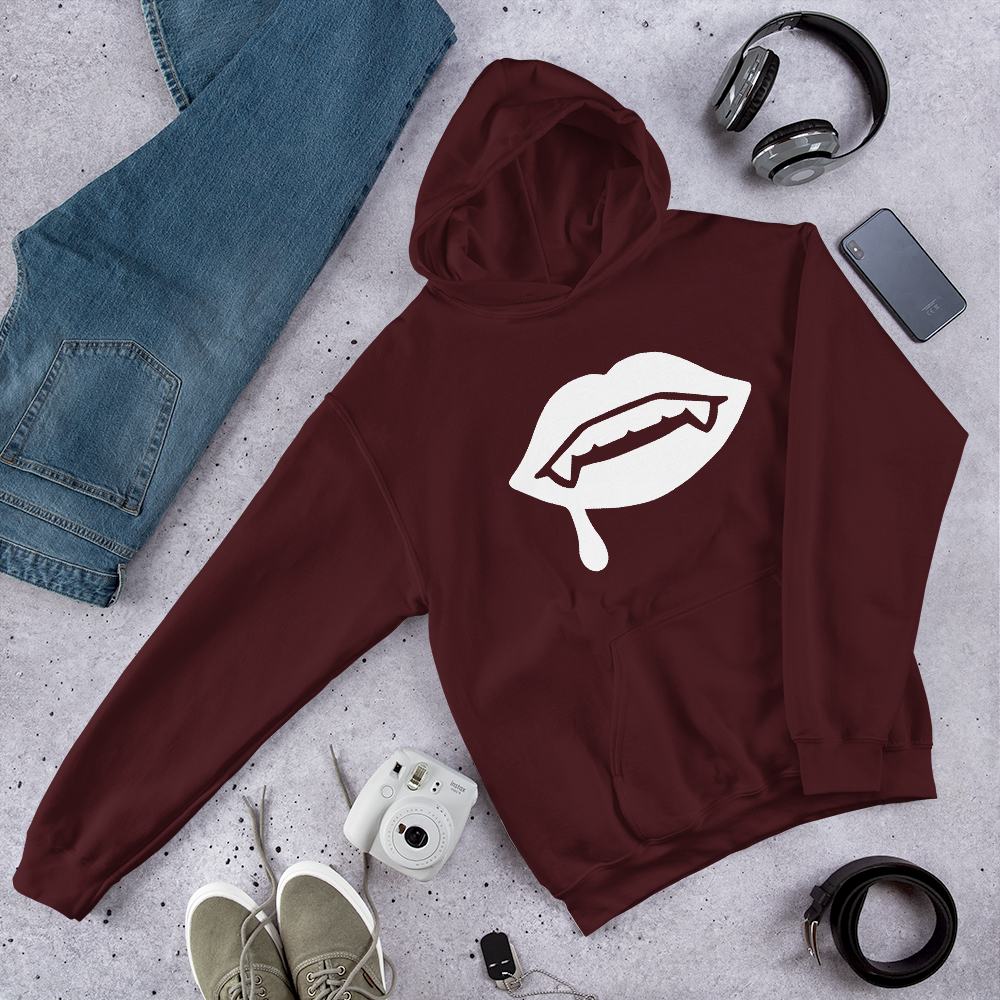


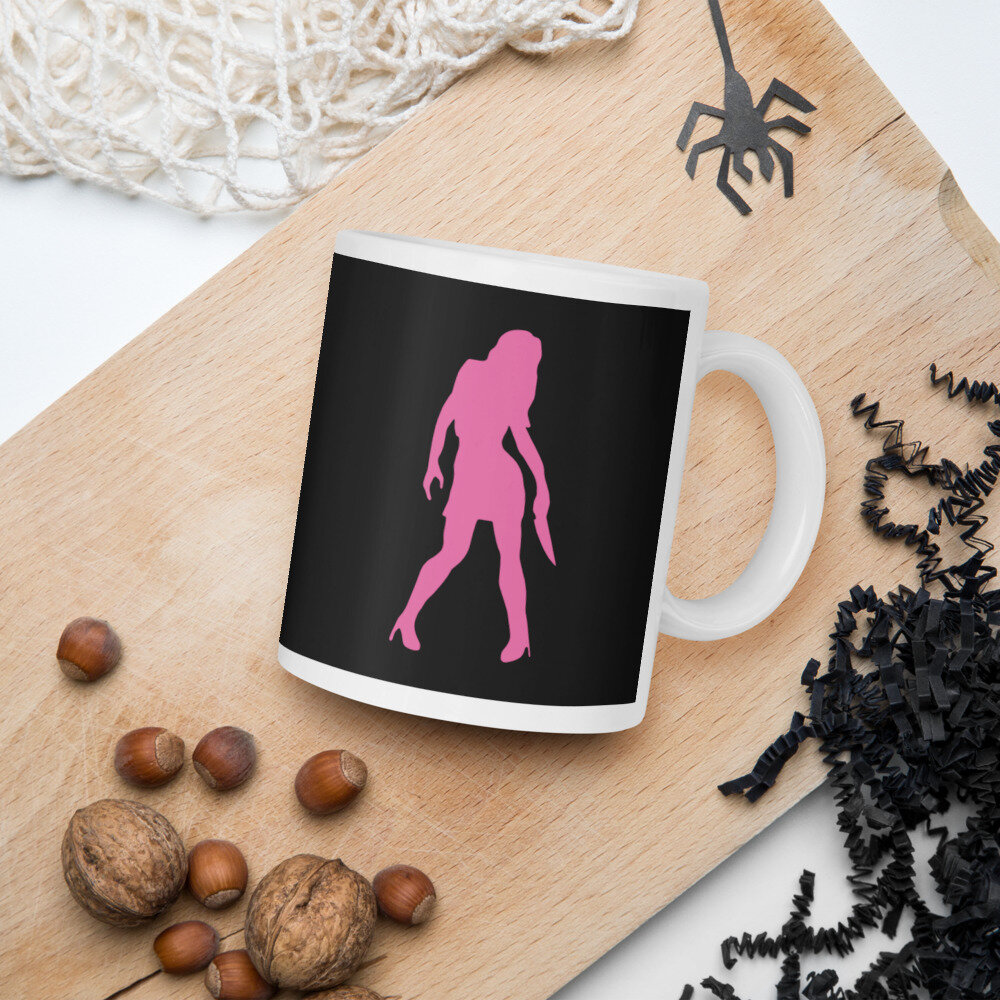


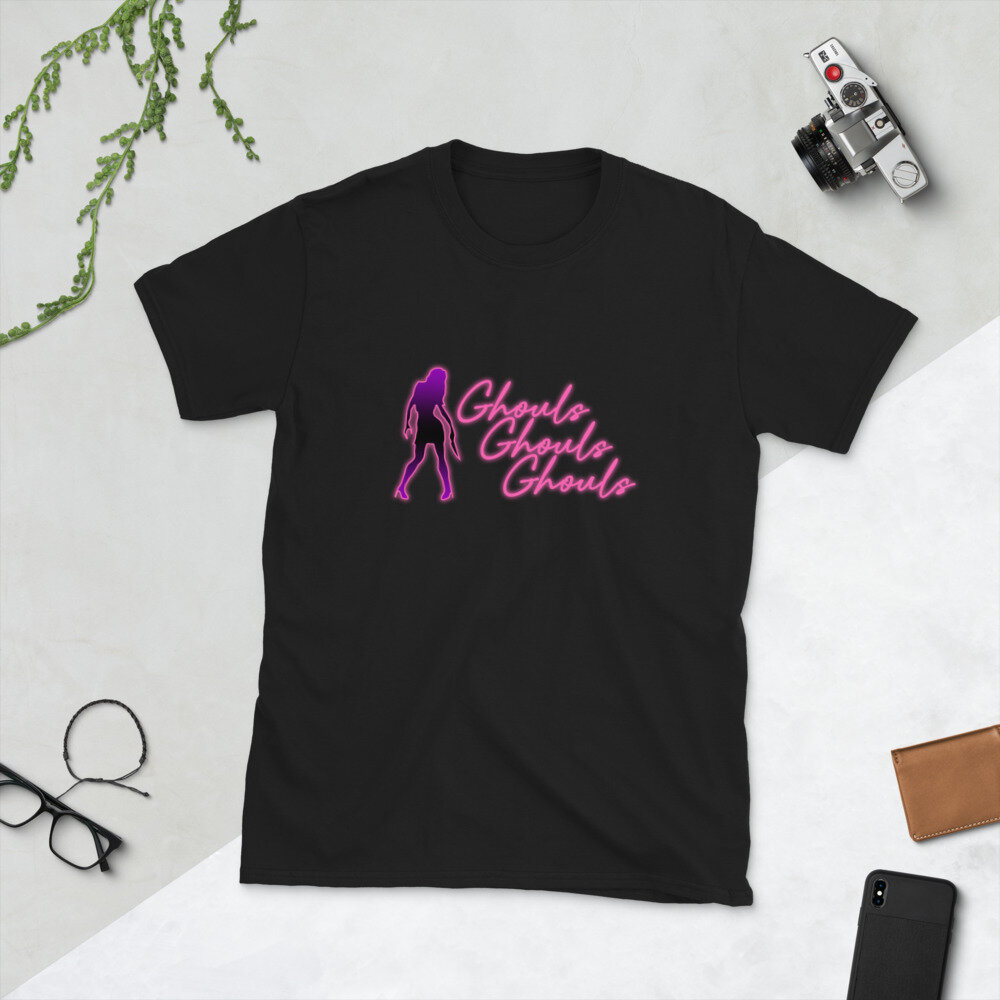
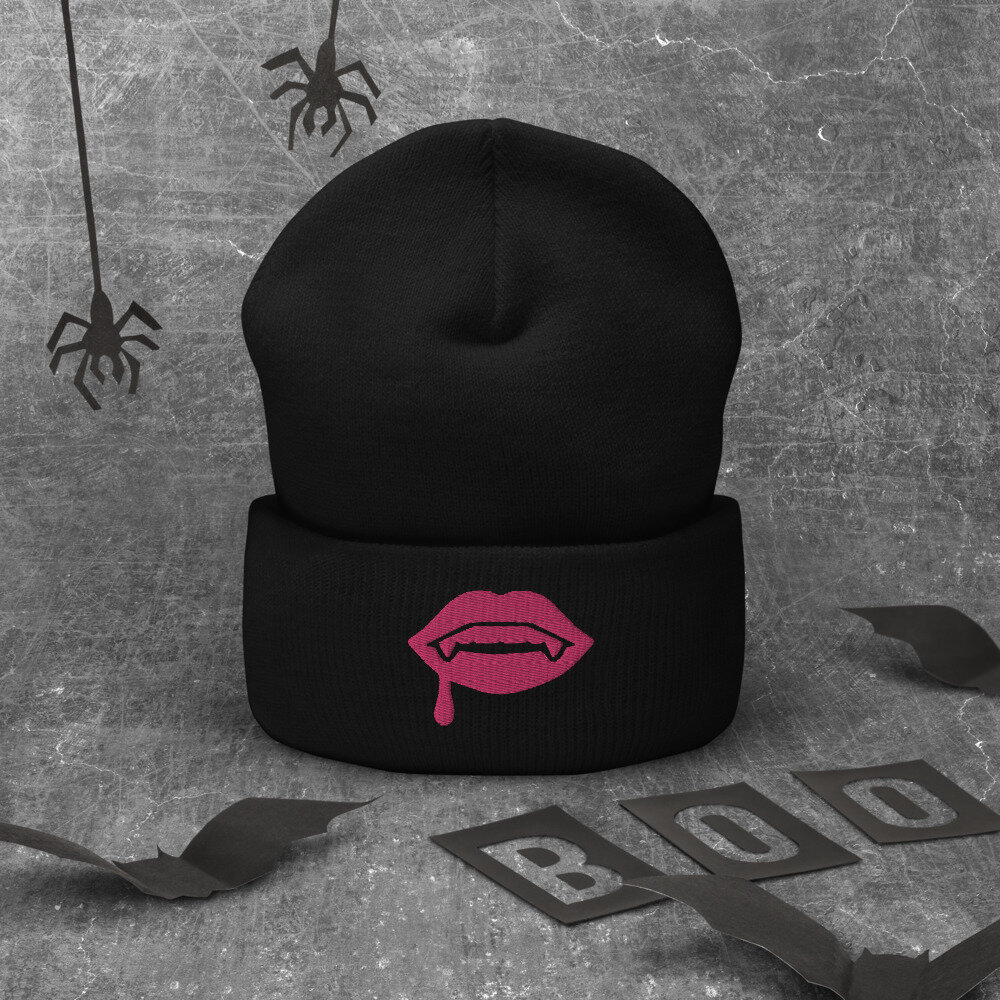
![[Editorial] Is David Cronenberg’s Crash Controversial Just For The Sake Of It?](https://images.squarespace-cdn.com/content/v1/5fe76a518d20536a3fbd7246/1615108647389-CMA2ROVIJ1BZCR95DZK5/1059_image_04-copy.jpg)
![[Film Review] Elevator Game (2023)](https://images.squarespace-cdn.com/content/v1/5fe76a518d20536a3fbd7246/1696440997551-MEV0YZSC7A7GW4UXM5FT/Screenshot+2023-10-04+at+18.31.42.png)
![[Film Review] Kill Your Lover (2023)](https://images.squarespace-cdn.com/content/v1/5fe76a518d20536a3fbd7246/1697465940337-T55VQJWAN4CHHJMXLK32/56_PAIGE_GILMOUR_DAKOTA_HALLWAY_CONFRONTATION.png)
![[Film Review] V/H/S/85 (2023)](https://images.squarespace-cdn.com/content/v1/5fe76a518d20536a3fbd7246/1697455043249-K64FG0QFAFVOMFHFSECM/MV5BMDVkYmNlNDMtNGQwMS00OThjLTlhZjctZWQ5MzFkZWQxNjY3XkEyXkFqcGdeQXVyMTUzMTg2ODkz._V1_.jpg)
![[Film Review] Perpetrator (2023)](https://images.squarespace-cdn.com/content/v1/5fe76a518d20536a3fbd7246/1695483561785-VT1MZOMRR7Z1HJODF6H0/Screenshot+2023-09-23+at+16.32.55.png)
![[Film Review] A Wounded Fawn (2022)](https://images.squarespace-cdn.com/content/v1/5fe76a518d20536a3fbd7246/1695484054446-7R9YKPA0L5ZBHJH4M8BL/Screenshot+2023-09-23+at+16.42.24.png)
![[Film Review] Mercy Falls (2023)](https://images.squarespace-cdn.com/content/v1/5fe76a518d20536a3fbd7246/1695482997293-E97CW9IABZHT2CPWAJRP/Screenshot+2023-09-23+at+16.27.27.png)
![[Film Review] Shaky Shivers (2022)](https://images.squarespace-cdn.com/content/v1/5fe76a518d20536a3fbd7246/1696442594997-XMJSOKZ9G63TBO8QW47O/Screenshot+2023-10-04+at+18.59.33.png)
![[Film Review] Sympathy for the Devil (2023)](https://images.squarespace-cdn.com/content/v1/5fe76a518d20536a3fbd7246/1697186986143-QDVLQZH6517LLST682T8/Screenshot+2023-10-13+at+09.48.52.png)
![[Book Review] The Book of Queer Saints Volume II (2023)](https://images.squarespace-cdn.com/content/v1/5fe76a518d20536a3fbd7246/1697187383073-U78VOF5WVDHI9YE8M98A/Screenshot+2023-10-13+at+09.52.31.png)
![[Book Review] Manhunt (2022)](https://images.squarespace-cdn.com/content/v1/5fe76a518d20536a3fbd7246/1683911513884-1Q1IGIU9O5X5BTLBXHV9/53329296._UY630_SR1200%2C630_.jpg)
![[Book Review] Cursed Bunny (2017)](https://images.squarespace-cdn.com/content/v1/5fe76a518d20536a3fbd7246/1680266256479-2E2XJT4T8CGAMOUB7XAL/298618053_5552736738082400_5168089788506882676_n.jpg)
![[Book Review] The Exorcist Legacy: 50 Years of Fear](https://images.squarespace-cdn.com/content/v1/5fe76a518d20536a3fbd7246/1691328003764-IASXC6UJB2B3JCDQUVGP/61q9oHE0ddL._AC_UF1000%2C1000_QL80_.jpg)
![[Book Review] Eyes Guts Throat Bones (2023)](https://images.squarespace-cdn.com/content/v1/5fe76a518d20536a3fbd7246/1682344253308-4AAFX12YD84EVJBYNJBZ/7e617654-8d9e-407e-8cde-33a97df84dcf.__CR0%2C0%2C970%2C600_PT0_SX970_V1___.jpg)
![[Book Review] Nineteen Claws And A Black Bird (2020)](https://images.squarespace-cdn.com/content/v1/5fe76a518d20536a3fbd7246/1685872305328-UE9QXAELX0P9YLROCOJU/62919399._UY630_SR1200%2C630_.jpg)
![[Book Review] Penance (2023) by Eliza Clark](https://images.squarespace-cdn.com/content/v1/5fe76a518d20536a3fbd7246/1695481011772-L4DNTNPSHLG2BQ69CZC1/Screenshot+2023-09-23+at+15.54.07.png)
![[Book Review] Wylding Hall (2015)](https://images.squarespace-cdn.com/content/v1/5fe76a518d20536a3fbd7246/1695484930026-PFRK7O26SLME4JIC49EW/Screenshot+2023-09-23+at+16.59.04.png)
